Virtual Jack the Ripper Virtual Tour
Adult: £20 · Students & Seniors: £15 · Children: £5
Walk Times
| Day | Walk Type | Start Time | End Time | ||
|---|---|---|---|---|---|
| 17 July 2021 | Special | 7 pm | 8.30 pm | Summer | |
| 31 August 2021 | Special | 7 pm | 8.30 pm | Summer | |
| 30 September 2021 | Special | 7 pm | 8.30 pm | Summer | |
| 9 November 2021 | Special | 7 pm | 8.30 pm | Winter |
Great to Hear
Meet your guide – have a listen
The difference a great voice and delivery – a professionally trained voice – makes.
Or as one of Richard’s walkers – a young woman from Montana – put it: “I want Richard Walker in my pocket narrating my life.”
And See
And for seconds, here’s an audio clip – a podcast – from the Jack the Ripper Virtual Tour.
Ok, let’s get the show on the road.
For the thoughtful, a leisurely cultural, literary, social and historical scene-setter.
A scene-setter that, chillingly, speaks to our time.
But to cut to the chase, just scroll down to the dotted line.
BOOK HERE Literally and figuratively; yes, this is the legendary, gold standard Ripper walk created – and still mentored – by Donald Rumbelow, the distinguished crime historian and emeritus London Walks guide who is “internationally recognised as the leading authority on Jack the Ripper.” As New York Times Travel Editor Sarah Ferrell put it, “be careful about the Ripper tour since there are imitations…look for [the London Walks Donald Rumbelow-created walk]…Donald Rumbelow is the author of The Complete Jack the Ripper‘ and a former curator of the notoriously grisly City of London Police Black Museum (a crime museum open by appointment only), credentials that are scary in themselves.”
Jack the Ripper – a name that is as well known today as it was 132 years ago. But the nightmare began 6 months before anybody had heard of Jack the Ripper.
On April the 3rd 1888 a 45-year-old woman by the name of Emma Elizabeth Smith was brutally attacked in Osborn Street. A street that runs north off Whitechapel Road. She died the next day from her injuries.
Four months later on August the 7th the body of a 39-year-old woman, Martha Tabram, was found on the 3rd-floor landing of a building just off Whitechapel Road. She’d been stabbed 39 times.
Three weeks later the body of a 43-year-old woman was found in a lane just behind Whitechapel Underground Station.
London in 1888 was lit by gas; no electric light back then. Everything on the road moved by horse power or man power; no motor cars. In the autumn the smoke from half a million coal fires was trapped in the mist rolling in from the sea creating a suffocating smog. This was the world in which 4 million Londoners fought each day to survive.
Cholera, typhus and all manner of lung diseases, such as tuberculosis, cut many lives short.
As always it was the weak and the vulnerable who suffered most.
Crime then was perhaps inevitable. Although maybe the 19th century had seen a change in attitudes. The romance that once surrounded the highwayman who, like Robin Hood robbed only the rich, had evaporated. Now the hero for most good folk would be the thief-taker. It was a world ready for a great detective.
And Sherlock Holmes arrived in 1887 when Arthur Conan Doyle’s novel, A Study in Scarlet, was published. Just one year before Jack the Ripper was haunting the alleyways of Whitechapel. Quite a coincidence. Perhaps an even bigger coincidence is that one of the great monsters of fiction arrived just a year before Sherlock.
The Strange Case of Dr Jekyll and Mr Hyde was published in 1886. Even if you have never picked up that slim novella that was written by Robert Louis Stevenson you will know the story of Dr Jekyll and Mr Hyde.
The doctor experimenting with good and evil who creates a drink that has the power to turn him from an upright English gentleman into a homicidal monster, called in the story, Hyde, Mr Hyde.
Just 8 years before it was published Eugene Chantrelle was hanged by the neck. Born in France the multilingual Chantrelle taught Latin, Greek, German and French at a private school in Edinburgh. He formed a relationship with one of the pupils, a 15-year-old girl called Elizabeth Dyer. In an attempt to avoid problems he married Elizabeth. He was then 34. His wife was just 16.
His wife had four children and ten years of torment and abuse. On New Year’s Day, 1878 Elizabeth was found unconscious. Chantrelle blamed her death on poisoning from a faulty gas pipe but Professor Maclagan at the Royal Infirmary said she’d been poisoned by morphine. The jury came to a guilty verdict in just one hour and ten minutes.
It was then discovered that Chantrelle had enjoyed serving cheese snacks to dinner guests. Snacks he had poisoned with morphine. There were at least four other victims. Victims not poisoned for financial gain but for pleasure.
Stevenson would have read the case with amazement. The erudite Chantrelle had been an urbane and entertaining companion at a number of soirees that Stevenson had attended in Edinburgh.
Eugene Chantrelle was a classic example of that Jekyll and Hyde type we term a psychopath. Dr Jekyll and Mr Hyde was published in 1886. Just two years later in 1888 a German doctor, Julius Koch, wrote about his latest research.
He called the work, A Short Text Book of Psychiatry. In it he wrote about what he called the Psychopathic “disposition”. He described it as a recognisable mental infirmity that would often lead to “anomalies in excitability and primordial instinctive impulses”. His use of the term psychopath in 1888 caught on in psychiatric circles. Interesting because 1888 turned out to be the year of the psychopath. The psychopath we call Jack the Ripper.
—————————————————————————————–
Introduction
The Jack the Ripper Tour is by far the most attended walk on the streets of London and for good reason. (For some good supplementary reading, click here – it’s the detailed, full, authoritative description of the London Walks shoe-leather-on-pavement Jack the Ripper Walk.)
With a knowledgeable tour guide who can enthrall an audience a Jack the Ripper Walk is a good way of getting to know London both past and present. If you are visiting, I strongly recommend you seek out a great guide and explore the streets of London’s East End. Whitechapel, Spitalfields and the City of London are packed with history and a Jack the Ripper walking tour can be a great way to explore that history.
So why would you want to take my virtual tour of those streets?
Well, number one, of course, you might be self-isolating in Bristol, Swansea, Killarney or Edinburgh. Or maybe even further afield.
Joining me (Richard Walker) on Yours truly Jack the Ripper whether you’re in Ames, Iowa, or Frankfurt, Germany you just sign into my Zoom meeting and we can talk and enjoy a virtual tour through London’s East End. No airport check-ins, passport control or hotel bills.
Just as important is the simple fact that there is not one of the Jack the Ripper Walks available on the streets of London that will take you to every one of the murder sites. On this interactive Jack the Ripper virtual tour with the help of Zoom you will not only get to every one of the crime scenes but you will visit them in order with your very own live tour guide.
So that means starting with the brutal murder of Mary Ann Nichols, known as Polly Nicholls. Now considered the first of the Ripper murders.
“The proper aim is to try and reconstruct society on such a basis that poverty will be impossible.” – Oscar Wilde
Polly Nicholls was savagely mutilated and murdered in Buck’s Row on August 31st 1888. A dutiful daughter, sister, wife and mother who spent her final years isolated from her family living in Victorian London in desperate poverty before a brief moment of fame when she became the first woman to die in ‘The Whitechapel Murders’.
Five victims whose story remains untold. They deserve more. To understand how the Autumn of Terror could possibly have happened we need some understanding of the lives of these women. Women who countless Ripperologists have carelessly dismissed as mere prostitutes and drunks. Bit part players rouged and corseted to be nothing more than set dressing for the real hero of the piece – “yours truly Jack the Ripper.”
[“This – the stance the guide takes vis–à–vis those five women, the victims – is the critically important point. Richard Walker’s not some callow youth – or for that matter a coarse, lowlife, middle-aged boor. He’s a “fully-realised” grown-up. He gets it. Richard’s a principled, thoughtful, sensitive, extremely talented, very intelligent human being and actor who gives a voice to the voiceless. And what a voice.” David]
Victorian London
The Good, the Bad and the Ugly-
None of the five women fell down the social ladder as far as Annie Chapman, known as ‘Dark Annie’. From a childhood in 19th century Kensington, Knightsbridge and Windsor to the infested doss houses of Whitechapel and Spitalfields in the East End of London. A woman who was butchered behind a Spitalfield’s tenement. Displayed like some diabolical sacrifice in the backyard of 29 Hanbury Street.
Annie was Jack’s second victim. The first victim to yield a clue.
Then to the third crime scene. The only murder to take place south of Whitechapel Road. The murder of Liz Stride in Berner Street.
A woman born and raised in Torslanda on the west coast of Sweden. A farmer’s daughter drilled in the teaching of Martin Luther by father and priest. Sadly none of those three men were by her side in the wind and the rain of the first hour of September 30th 1888.
We will follow in the footsteps of the Ripper as he raced from Elisabeth Gustafsdotter’s bleeding corpse to the safety of the City of London.
The Police in Victorian London
The City of London had its own police force. A force practically at war with London’s other police force – the London Metropolitan Police Force. A war that worked in Jack’s favour.
The serial killer known as Jack the Ripper arrived at just the right moment. The German doctor, Julius Koch, published a treatise on his research in 1888. In it, he described a psychiatric condition. The word psychopath entered the world of medical science in a big way. Our serial killer arrived in the year of the psychopath. And without a doubt, he became the most famous serial killer that London has ever produced.
In the City of London
London, of course, does not mean the same thing as the City of London. The City of London is just one square mile and for centuries it hid behind its Roman wall.
On the City’s eastern flank is Mitre Square. A stone’s throw from St Botolph without Aldgate – the ‘prostitute’s’ church.
Mitre Square was where Catherine Eddowes was left ‘cut up like a pig in a market’ less than an hour after Liz Stride’s murder. The ‘double event’ of September the 30th 1888.
Then we will follow in Jack’s footsteps as he raced back across the City boundary. See where he dropped his bloodied cloth and chalked his taunting message. Explore the mysterious world hidden among streets of east end London. Streets like Artillery Passage, Brick Lane and Old Montague Street. Victorian pubs like the Ten Bells Pub and the 18th-century church that stands beside it from which the Ten Bells gets its name. In 1788 the original eight bells were replaced with a new chime of ten. It’s a beautiful church. The wonderful creation of Nicholas Hawksmoor, Christ Church Spitalfields.
And so to the last crime scene. Number 13 Miller’s Court tucked away off ‘the worst street’ in London. Home to the youngest victim Mary Jane Kelly. The most savage of all of the five murders.
So who was he?
“Theories!” exclaimed Chief Inspector Frederick George Abberline. “We were lost almost in theories; there were so many of them.”
But no need to worry, I’m going to be there to help. And I am of course
Yours truly,
Richard Walker
Practicals
What time? 6 pm (18:00 BST)
When? On Fridays: March 19 and April 2.
And on Sunday, March 21 (also at 6 pm)
When else? On the anniversaries (next year) – September 8; September 30 (“the double event”); and November 9 (the last, the most horrific one of all – “he turned that little room into an abattoir”).
Where? 1. On your screen (wherever you are: Sidney, California, Berlin, Chiangmai, etc.). In short, in the comfort of your own home (we guarantee you – you will not be rained on). 2. In the East End of London during the Autumn of Terror.
Who? Actor, adventurer – he sailed a two-man boat across the Pacific ocean – raconteur, straight-shooter, supremely gifted guide Richard Walker. It all comes down to the guiding.
Why? By popular demand. And because it’s the most chilling, compelling crime story ever.
How long does it last? About an hour.
How does it work? The wonders of the Internet. In a word, Zoom.
Do I have to book? Yes.
Why do I have to book? Because we restrict the number of participants to 25. It is not a herd experience. We want to get the comfort level of the group right. Get some group chemistry, get people meeting and interacting with their fellow group members (if they want to), get some group intimacy. For that, a maximum of 25 is ideal.
How much does it cost? £10 per person.
Is it possible to book a private Jack the Ripper Virtual Reality Tour? Yes. Get in touch with us here at London Walks. Email: [email protected] Tel. 020 7624 3978
Anything else? Yes, every London Walks guide does it differently, makes it his own. Guiding of this calibre is never amateurish, never sophomoric – it is never “memorised script” guiding. Here are the video trailers for the Jack the Ripper walks conducted by three other top-flight London Walks guides: Simon, Steve, and Don.
Here’s award-winning Blue Badge guide Simon’s video trailer JACK THE RIPPER – A VIRTUAL TOUR
Here’s RSC actor Steve’s video trailer for his actual Ripper walk.
Here’s crime historian Donald Rumbelow’s video trailer for his actual Ripper walk.
REVIEWS
“I bought two tickets for this evening’s (Feb. 5, 2021) Virtual Tour entitled “Yours Truly, Jack the Ripper” hosted by Richard Walker – what a treat! First-class in every respect! A voice I could listen to for hours, a dramatic and seamless delivery, full of information and much of it lesser-known or new to me. Beautifully and respectfully presented. Bravo Richard!”
Katherine G.

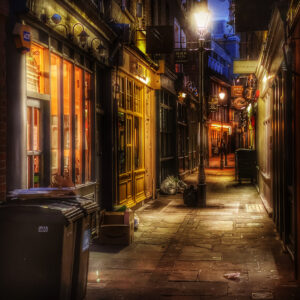
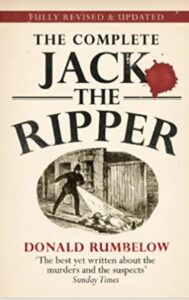
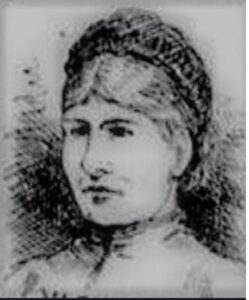
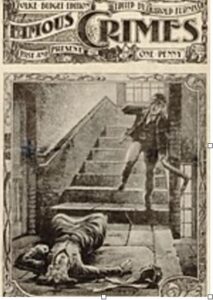
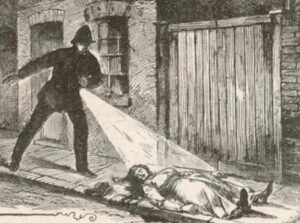
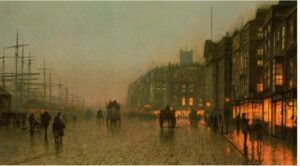
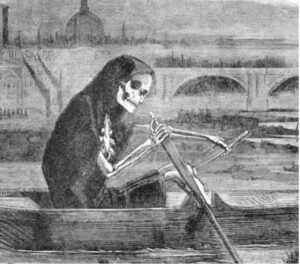
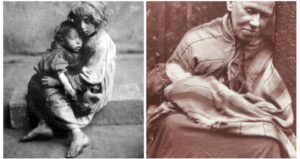
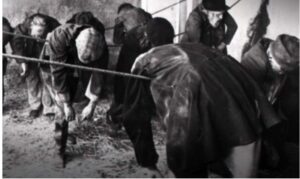
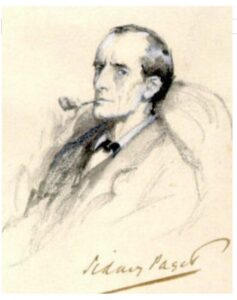
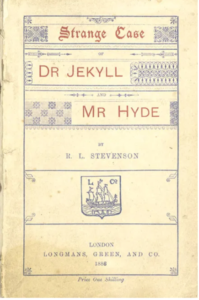
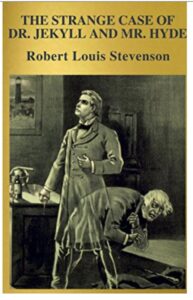
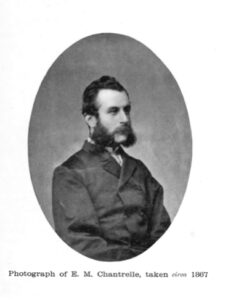
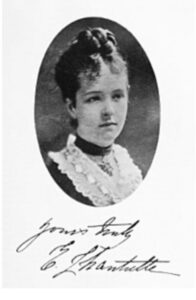
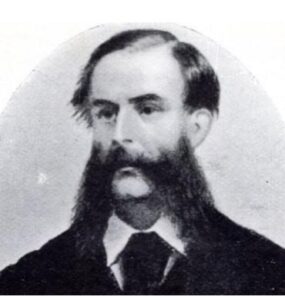
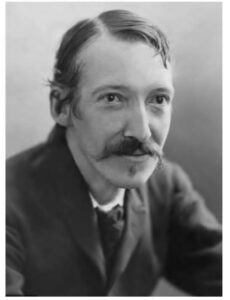
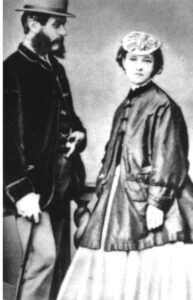
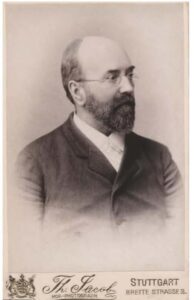
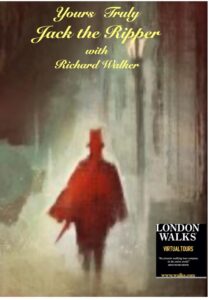
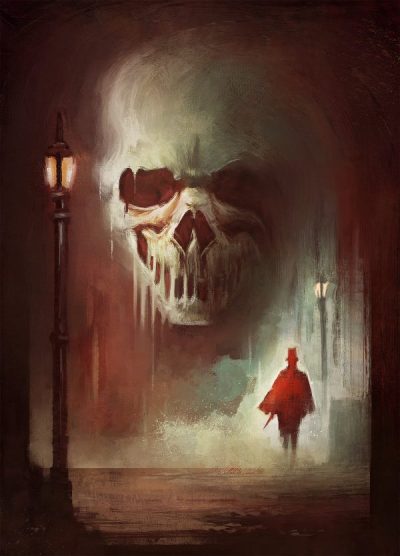
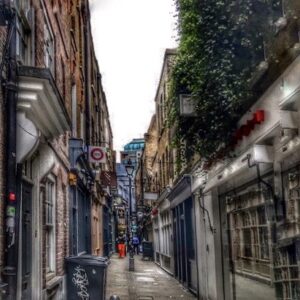
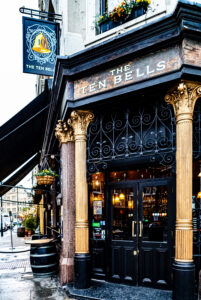
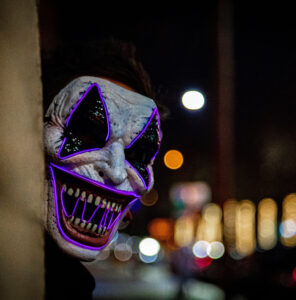
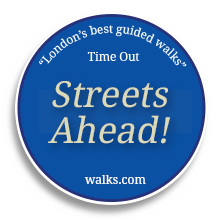
Reviews
There are no reviews yet.